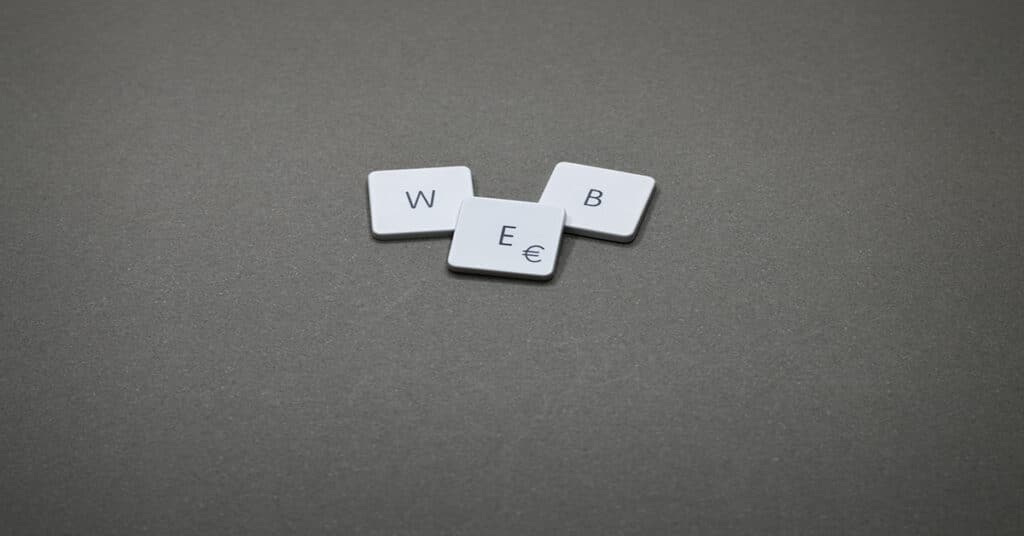What are the similarities and differences between SOCKS4 and SOCKS5 proxies? And just how exactly do the similarities and differences affect you? Read on through this piece to find out.
If you’ve used the internet for any length of time, you’ve realized how important online privacy can be to users. An entire field of study called cybersecurity concerns itself with tools and methods to ensure that data transmitted through the internet is handled within their protocols. These days, you may recognize advanced internet privacy tools like VPNs and proxies.
However, data privacy is subjective. It depends on what your intentions are, as well as which channel the data will go through.
In many cases, people often use proxies for functions beyond data security. For instance, you’ll need proxies if you’re into web scraping.
But proxies themselves have their own subcategories based on the SOCKS internet protocol. Today, we have SOCKS4 and SOCKS5 proxies.
What’s SOCKS?
Table of Contents
ToggleLet’s start by understanding the internet protocol, SOCKS, short for Socket Secure. It lets a client and server computer exchange data packets by proxy. A SOCKS connection will only allow server access once the client can provide authentication.
SOCKS development started in 1992 as a security protocol for more effective firewalls and other internet security products. However, it has been made publicly available and has experienced iterations through SOCKS4 and SOCKS5.
People used the SOCKS IP as a bypass tool for restricted internet content. Although its SOCKS proxies aren’t encrypted, they work well as a “decoy” interface for more secure IPs. Also, SOCKS birthed the idea of port forwarding, allowing users to access servers outside the predefined ports.
SOCKS4 Proxy
SOCKS4 is a version of IP that works on IPv4 addresses. Put simply, these proxies allow you access to blocked servers and sites using an IPv4 connection.
You can have SOCKS4 proxies in three kinds, based on proximity:
- Elite
- Anonymous
- Transparent
You can get them in a server list, which a vendor can sell you, together with proxy IP & port, city, and region.
Years down the line, SOCKS4 underwent development, bringing forth SOCKS4a. The new iteration allowed the user to specify the destination by its domain name, rather than by the IP address. Expectedly, this improvement made it more convenient for people who want some anonymity on the internet without getting too technical about it.
SOCKS5 Proxy
SOCKS5 Proxy is the most recent SOCKS internet protocol and is a sizable upgrade over the original SOCKS4 version. It lets you send anonymized data packets to a server, but you can now do so over longer distances. Additionally, SOCKS5 proxies support newer IPv6 connections on top of the default IPv4.
What does all of this mean for someone looking to use proxies for web scraping? For one thing, you can enjoy faster server connections thanks to a snappier IP swapping action. In addition, you can run several requests from the proxy with a lower risk of tripping off anti-scraping bots on sites.
Similarities between SOCKS4 and SOCKS5
While we’ve established that SOCKS5 has succeeded SOCKS4, you may want to know how both proxy types are similar. That’s especially important if you’re paying for proxies and want to know what type works best for its cost.
Below are the areas where both proxies share similarities:
- Low-Cost Data Protection
Both SOCKS4 and SOCKS5 proxies let you send data requests anonymously to a server. In this way, they protect you from having to give your true IP location to the server admin.
Some of the real-world cases in which any of the two proxies can come in handy are:
- Accessing geo-restricted content from a website
- Bypassing anti-scraping bot countermeasures
- Avoiding high location-based traffic
However, it bears mentioning that both SOCKS proxies have no encryption protocols. They are best suited for instances where data security isn’t as high-priority as an anonymous high-speed connection.
- Faster Connections
Speaking of speed, another similarity between SOCKS4 and SOCKS5 proxies is the fast IP connections you get to enjoy with them. This is because they don’t add the extra step of encrypting your data. Neither do they stop to look at what your packets contain.
This makes for faster request and response rates from the server. It’s precisely for this reason that SOCKS proxies are excellent for web scraping.
Differences between SOCKS4 and SOCKS5
We’ve gone over the similarities between SOCKS4 and SOCKS5, which leaves us to discuss the differences between them. Since SOCKS5 is an upgrade over SOCKS4, you can expect significant distinctions.
Below are some of their notable differences worth considering:
1 – Error Occurrence
SOCKS4 and SOCKS5 treat connection errors differently. The former doesn’t support it, while the latter has various authentication types. This feature makes SOCKS5 much more desirable than its older SOCKS4 counterpart.
Furthermore, SOCKS5 supports UDP proxies, which is handy if you’re trying to access IPTV (Internet Protocol Television) content more conveniently. You can’t have that feature on SOCKS4.
2 – Data Packets Size
SOCKS4 and SOCKS5 also have different data packet sizes. The latter proxy type sends fewer data packet batches per time. That makes the connection much faster overall.
If you intend to go into web scraping, SOCKS5 data packet sizes reduce instances where there are too many site requests at once.
3 – Dynamic Performance
Right away, SOCKS4 is limited in its traffic compatibility compared to SOCKS5. For instance, SOCKS4 can’t handle P2P traffic as well as SOCKS5.
You can use SOCKS5 on virtually any protocol or program without sacrificing request or response speeds.
Wrapping Up
You might want to consider the similarities and differences between SOCKS4 and SOCKS5 proxies if you care about the security of remote client-server connections. Understanding these details will help you decide which proxy is best suited for your needs.
If you’d like to try out fast, affordable, responsive, and reliable SOCKS5 proxies, you should check out KocerRoxy. They’ve got proxy lists with IPs from across dozens of countries. After one low payment, you can get started on your project right away.
How useful was this post?
Click on a star to rate it!
Average rating 0 / 5. Vote count: 0
No votes so far! Be the first to rate this post.
We are sorry that this post was not useful for you!
Let us improve this post!
Tell us how we can improve this post?


